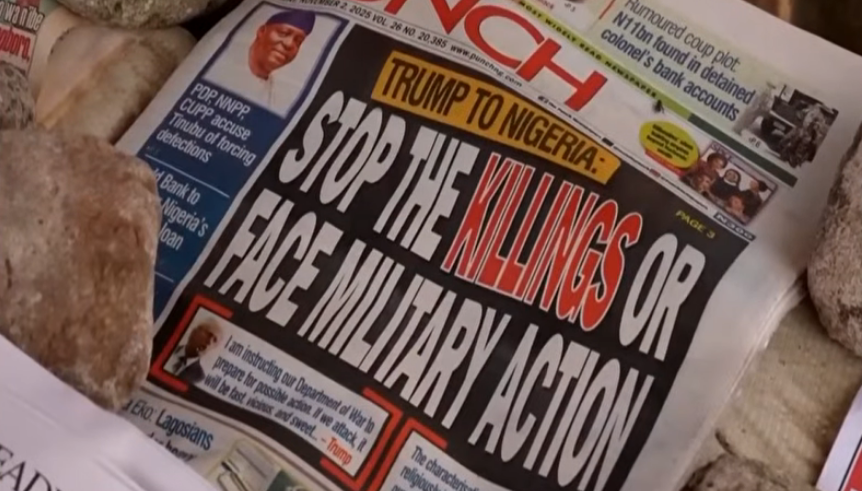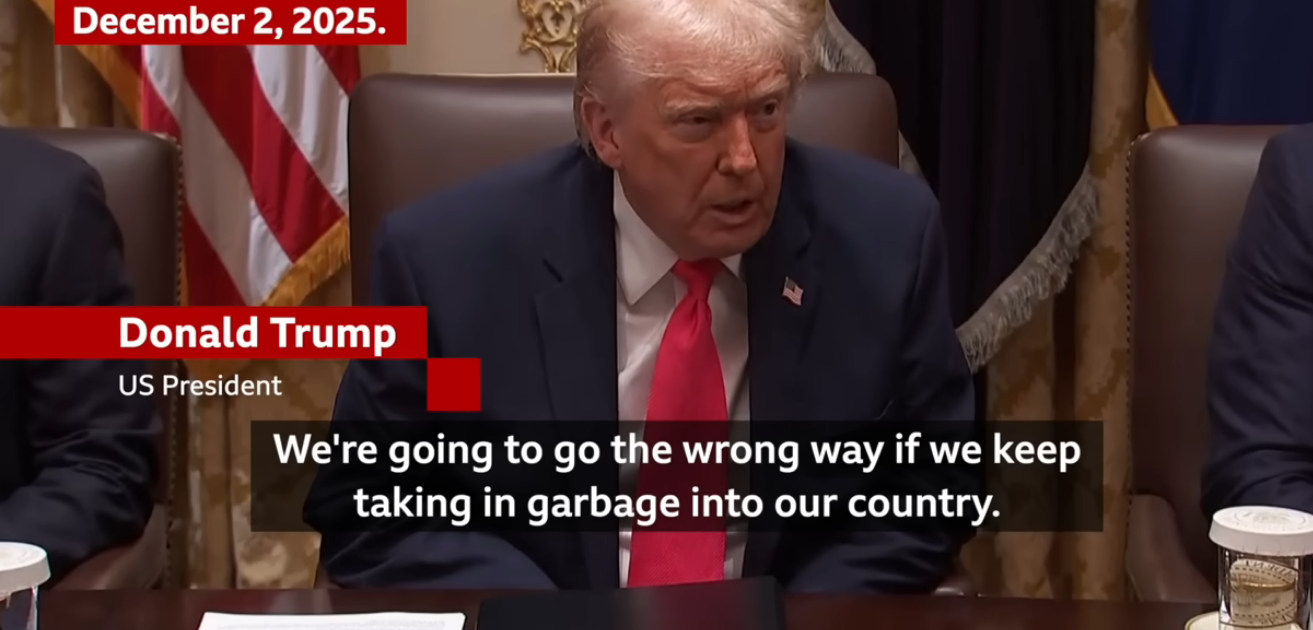Photo: Lorie Shaull. Flickr
Rep. Ilhan Omar summed it best this way while introducing the Homes for All Act, which expands public housing stock and guarantees housing as a human right: “Across the nation, families are struggling with homelessness and housing insecurity. We need to treat the affordable housing shortage like the crisis that it is. Housing is a fundamental human right. It’s time we as a nation acted like it and end the housing crisis once and for all.”
A pivotal moment in the 2020 Democratic primary race that happened last month may have escaped notice by much of the country. For the first time since the debates began – a total of six nights of debates – the candidates finally were asked a question about the housing crisis.
I was so concerned about the lack of public discussion around this critical issue facing the nation that I sent a letter to the candidates, urging them to share their plans.
“Gentrification is driving families from their homes,” I wrote. “A minimum-wage worker needs 2.5 full-time jobs to afford a one-bedroom apartment in most of the United States. The foreclosure crisis of 2008 exacerbated the shortage of affordable housing, forcing families out of the homes they lost and into the already-tight rental market. “Simply put, the rent is too damn high. Mortgages are unattainable. What is your plan?”
We didn’t get to hear from every candidate, and none of those who responded were able to share much detail about their plans. But simply having the issue raised was an important first step.
Senator Elizabeth Warren of Massachusetts, for example, cited noted the shortage of affordable housing – the federal government has stopped building new housing, and private developers prefer to serve the upper-income market. Significantly, she said:
“Housing is how we build wealth in America,” she said. “The federal government has subsidized housing for decades for white people and has said for Black people you’re cut out of the deal. That was known as redlining.”
The impact of redlining on Black household wealth cannot be overstated. In the mid-20th Century, the federal government color-coded neighborhoods throughout the nation as green for “best,” blue for “still desirable,” yellow for “definitely declining” and red for “hazardous.”
Lenders would not finance homeownership in redlined Black neighborhoods, which exacerbated a Black-white wealth gap that persists to this day. More than 80 years after those color-coed maps were drawn, three out of four redlined neighborhoods continue to struggle economically. White families today have nearly 10 times the net worth of Black families.
Meanwhile home prices are rising at twice the rate of wage growth and nearly half of all renters spend 30 percent or more of their income on rent. About 11 million Americans spend more than half their income on rent.
The average renter’s hourly wage is $5.39 less than the national two-bedroom Housing Wage – the wage needed to afford an apartment at fair market rent without spending more than 30% of income on housing – and $1.08 less than the one-bedroom Housing Wage, according to the NLIHC.
Black and Hispanic households are more likely than white households to be both cost-burdened and low-income. Twenty percent of Black households and 16% of Hispanic households are extremely low-income renters, compared to just 6% of White households.
Even as this crisis grows, the Trump Administration yet again has proposed drastic cuts to affordable housing programs that would drive up rents for the poorest residents of subsidized housing and wipe out resources for maintaining and improving public housing buildings.
A few minutes on a nationally-televised debate may be a start but it is nowhere near enough to address the magnitude of the affordable housing crisis. Those candidates who do have detailed plans need to talk about them much more often. And those candidates without detailed plans need to develop them, immediately.
Marc H. Morial
President and CEO
National Urban League





